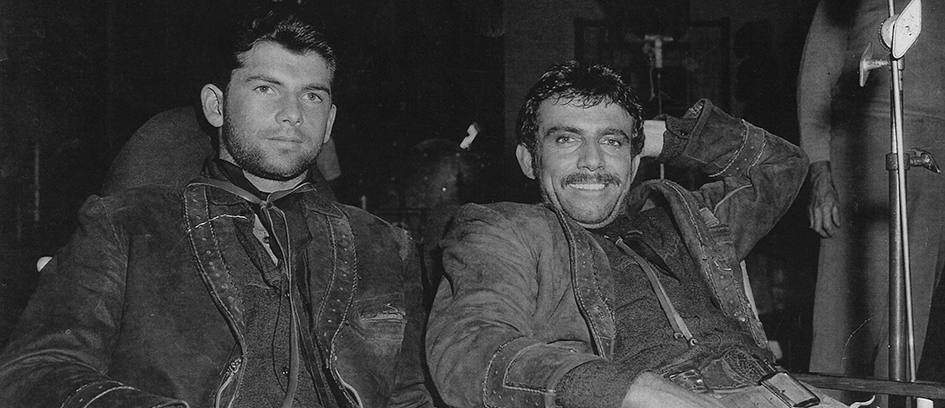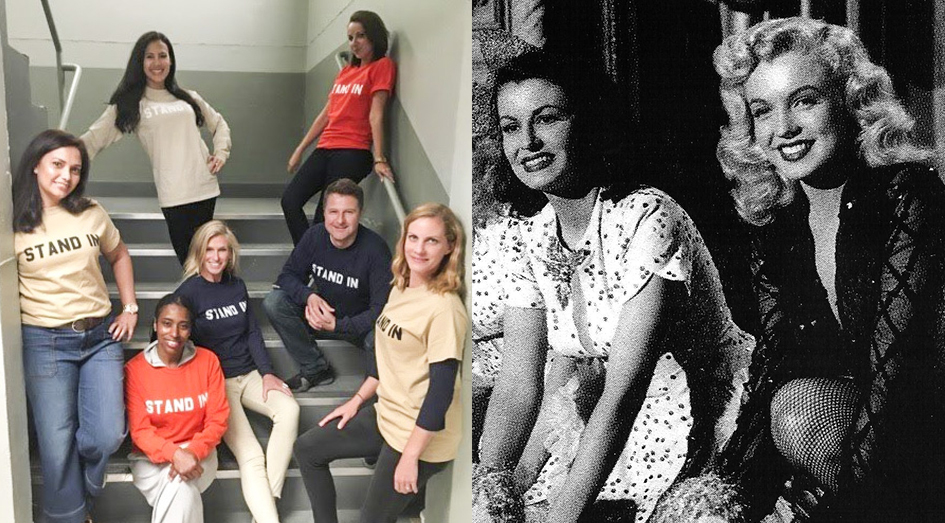What is a Stand-In?

A Stand-In takes the place of a principal actor for rehearsals, camera blocking, and lighting setups. From the possibility of consistent work opportunities to interacting more closely with the crew, Stand-In roles are highly sought after. Here's what you need to know about getting booked as a Stand-In by Central Casting.
Camera blocking and lighting
Blocking is how a character moves during a scene, interacts with other characters, and uses props. Determining camera blocking helps a production run smoothly and quickly, but it can also direct the audience's attention, inform the viewer how to feel, and accentuate meaning in a scene. Stand-Ins are used during the camera blocking process, freeing the principal actor for other responsibilities.
Cinematic lighting is about more than just being able to see the action on screen. It can convey mood, inform story, give importance to a prop or character, and works with other elements to create the overall aesthetic of a production. Stand-Ins are an important part of the lighting process and allow the crew to work out the right placements while the principal actors are getting ready or fulfilling other duties.
Types of Stand-Ins
There are different kinds of Stand-Ins that serve a variety of purposes on set. Some need to resemble the principal actor as closely as possible, while others just need to have a similar height. No matter what kind of Stand-In you are, you are an integral part of the production.
Single Camera Stand-In
Single Camera Stand-Ins must often match the principal actor in height, build, hair color, and complexion. They are mainly used for lighting and camera setups in one hour dramas like The Rookie, Tell Me Lies, and FBI and some half hour comedies like The Goldbergs, Home Economics, and Young Sheldon.
Multi-Camera Stand-In
Multi-Camera Stand-Ins establish camera shots, movements of the principal actor, dialogue, and blocking. They run through the entire episode in place of the actors so the production team can block out all the movements before filming on shows like Bob Hearts Abishola, The Conners, and The Neighborhood. Multi-Camera Stand-Ins are usually hired for experience and professionalism, and don't necessarily have to match the actor they are standing in for.
Utility Stand-In
Utility Stand-Ins may stand in for actors of varying looks, genders, and ethnicities. Matching the height of actors is more important than matching a look. If you're booked in this role, you may be standing in for multiple actors on the same project.

How to get booked as a Stand-In
When booking Stand-Ins, Casting Directors will likely send an availability inquiry through our casting platform or post to our Jobs page. Please read all messages carefully and include any additional information requested, like a Stand-In resume, before replying.
If you've been a Background Actor for a while, you know Stand-In jobs often require experience. So how do you gain experience to get that first Stand-In job? Some productions may opt to hire Stand-Ins with no experience if they match the height, build, and/or look of the principal actor. Then there are instances when production needs to upgrade a Background Actor to a Stand-In on set. Paying attention, following directions, and being professional can help lead to these types of opportunities. Please do not ask production to be upgraded, just be present and prepared if an opportunity arises.
Want more tips to get cast as a Stand-In? Check out our video with Central Casting Los Angeles Casting Director Sara V. and Assistant Director Molly Rodriguez to learn more.